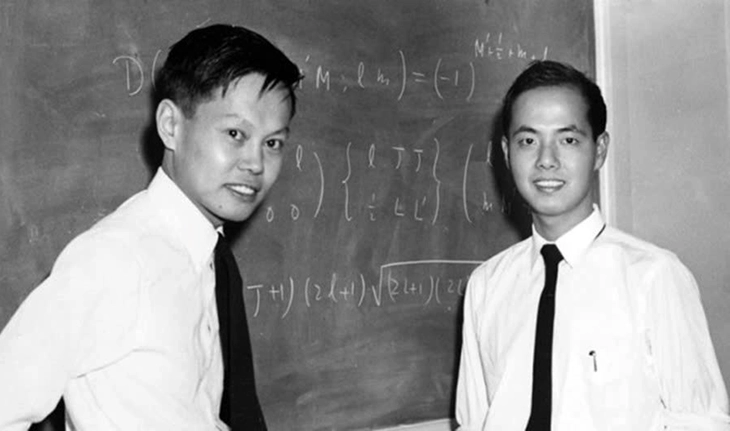
Chen Ning Yang (left) and TD Lee at the time of receiving the Nobel Prize in Physics in 1957 - Photo archive
One of the people who opened the 'postmodern' era of particle physics, a bridge between Chinese and world science , a person who nurtured the passion for science, especially basic science, for Chinese youth, a committed scientist ...
Those are some reviews and comments about Professor Chen Ning Yang, the brilliant American-Chinese physicist, winner of the 1957 Nobel Prize in Physics - who passed away at the age of 103 on October 18 in Beijing.
The old professor's lively class
Professor Yang was the first prominent person to visit China from the United States in 1971 when relations between China and the United States began to thaw. He made many efforts to help the Chinese physics community rebuild the research and academic atmosphere that had been destroyed by the violent Cultural Revolution.
With his dedication, by actively promoting cultural exchanges and mutual understanding between the US and China, Professor Yang opened the door for personnel exchanges and scientific and technological cooperation between the two countries. He brought Chinese students to study in the US, which is considered the world's largest source of advanced scientific training.
Professor Yang has visited Tsinghua University, his alma mater, many times and is always concerned with strengthening science, especially in the field of basic scientific research.
He and Wang Dazhong, then president of Tsinghua University, emphasized the system and research model of the Institute for Advanced Study at Princeton University. They concluded that the establishment of an institute for advanced study was urgent.
On June 2, 1997, the Institute for Advanced Study of Tsinghua University was officially established, with Professor Yang as its honorary director. Speaking at the opening ceremony, he expected the institute to make significant contributions to international science and technology in the next 10, 20 or 50 years.
He threw himself into training the new generation. Starting in 2004, at the age of 82, he regularly taught introductory physics to four classes of first-year students, prepared exam questions, and was always present in the exam room.
According to students, the classrooms were always packed with hundreds, even nearly 1,000 students for each lecture. Those who were lucky enough to sit, while others crowded in the hallways or classroom windowsills. Those who could not squeeze into the classroom gathered around the back door or classroom windows to watch Mr. Yang lecture.
Besides teaching, Professor Yang has always promoted basic science in China and developed future talents. One of his major concerns is to interact with the next generation of young scientists to inspire them in physics.
At a forum, answering a high school student's question about "how to nurture and maintain the spirit of innovation and curiosity", Mr. Yang replied that scientific research in frontier areas often goes through both difficult and bright periods.
“I think there are two very important mindsets that you have to maintain at the same time: one is to not give up no matter what happens, and two is if you really feel like you can't continue anymore, you need to find a new direction,” he said.
Nobel Prize winner at age 35
Professor Yang has made many great contributions to many branches of world physics. The most prominent is the once-shocking discovery by him and his colleague TD Lee, also a Chinese, of the non-conservation of mirror symmetry in the physics of weak interactions (non-conservation of parity in weak interactions only). This interaction is one of the four fundamental interactions of the universe responsible for beta decay (ß-decay).
Their research suggested that all previous experiments on beta decay were too simple to test the conservation of symmetry. They proposed some new experiments to verify this, to the disbelief of the entire physics community.
But just half a year later, in early 1957, Chien-Shiung Wu of Columbia University - a famous female expert on beta decay, also of Chinese origin - used an experiment with a special method to verify Yang and Lee's new idea. Her published results showed that mirror asymmetry was undeniable in beta decay! That is, physical phenomena and their mirror images do not occur according to the same laws.
The physics world was shocked! In 1957, Lee and Yang, at the age of 31 and 35, were awarded the Nobel Prize in Physics.
And from then on in the 20th century, asymmetry dominated the thinking of particle physicists. The years 1956-1957 marked the "postmodern" era in particle physics. The world from then on seemed to change!
Yang made many important contributions to physics, including statistical physics and condensed matter physics. In 1954, together with Robert Mills, he formulated the Yang-Mills Gauge Theory, which led to the development of the Standard Model, the leading framework for understanding particle physics. This discovery was considered "epoch-making", deserving of another Nobel Prize.
When Yang was honored with the Nobel Prize, Zhou Enlai tried to lure Yang back to China. Yang refused. But when Kissinger returned from Beijing after a historic trip to open US-China relations in 1971, his fellow physicist Kerson Huang soon received a letter in Chinese from Yang: "At this momentous moment, I am on a plane bound for Beijing." It was Yang's chance to make a contribution to China.
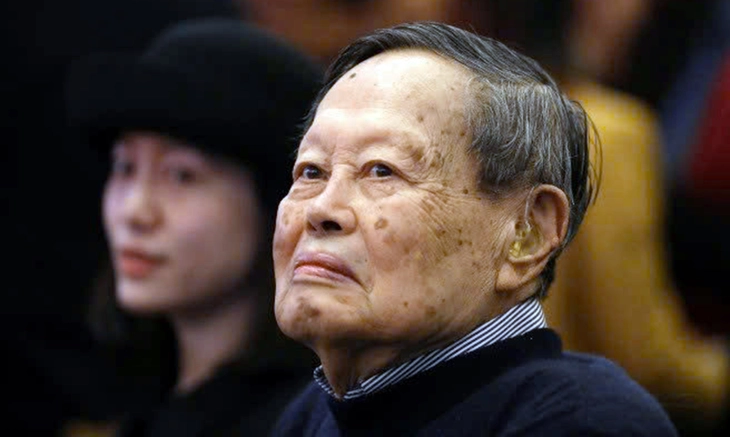
People's Daily reports on the passing of Professor Chen Ning Yang - Photo: China Daily
Professor Chen Ning Yang was born on October 1, 1922, in Anhui Province, China. Yang did not come from "zero" but was the son of a mathematics professor, KC Yang, who graduated with a doctorate from the University of Chicago and then returned to China to teach at Tsinghua University.
In late 1945, Yang, then 23 years old, went to the United States and studied at the University of Chicago. There, Yang enrolled in particle physics, a field that was still very new at that time.
After graduating with his PhD (1948), he worked as an assistant to Enrico Fermi (Nobel Prize 1938) for a year, while continuing to pursue his own research in statistical mechanics.
Inspire passion for science
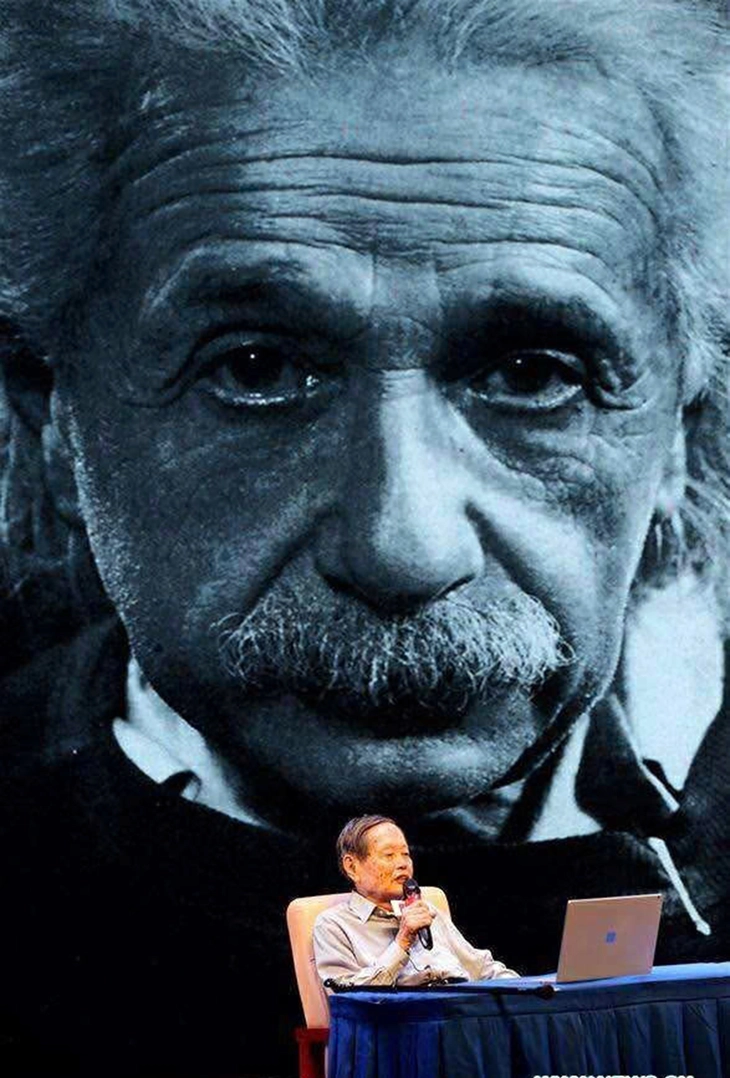
Chen Ning Yang at the 2019 Einstein exhibition in Shanghai - File photo
This is a photo of Mr. Chen Ning Yang speaking at the 2019 Einstein exhibition in Shanghai.
"Einstein is a scientist I greatly admire. He (and his work) has had a profound impact on physics and our daily lives," Yang said at the opening ceremony on August 1, 2019.
The exhibition showcases Albert Einstein's scientific achievements, personal life and cultural influence, hoping to enhance the Chinese public's understanding of Einstein and spark young people's passion for science.
Previously, in an interview with the famous physicist Hsue-Shen Tsien, answering the question of why China cannot train outstanding talents on par with the masters of the early 20th century in the West, Professor Yang affirmed:
"In my opinion, the development of the Chinese economy over the past 40 years has been a resounding success [...]. But that model is not suitable for the development of basic science, because revolutions in basic science always originate from the efforts of a few individuals, not from large projects.
Electromagnetism, Darwinism, fission, semiconductors, the double helix, penicillin... all these great revolutions in basic science came from the research of a few individuals with limited budgets, not from large projects.
The difference between young Chinese and American people
Once, when asked to give advice to young Chinese, Professor Chen Ning Yang did not hesitate to say: "I think young Chinese people often ignore the importance of their own interests, which may be due to China's unique cultural and educational system. They are taught to follow the demands of society rather than to explore and pursue their own interests. So I suggest that young Chinese students should pay more attention to developing their own interests.
Meanwhile, if you ask me to give advice to American students, I would advise them to pay less attention to some of their so-called interests and pay more attention to the main development trends of society and science.
Source: https://tuoitre.vn/nha-vat-ly-hoc-trung-quoc-chen-ning-yang-qua-doi-di-san-cua-nguoi-ra-di-20251020092740116.htm



![[Photo] 60th Anniversary of the Founding of the Vietnam Association of Photographic Artists](/_next/image?url=https%3A%2F%2Fvphoto.vietnam.vn%2Fthumb%2F1200x675%2Fvietnam%2Fresource%2FIMAGE%2F2025%2F12%2F05%2F1764935864512_a1-bnd-0841-9740-jpg.webp&w=3840&q=75)


![[Photo] National Assembly Chairman Tran Thanh Man attends the VinFuture 2025 Award Ceremony](/_next/image?url=https%3A%2F%2Fvphoto.vietnam.vn%2Fthumb%2F1200x675%2Fvietnam%2Fresource%2FIMAGE%2F2025%2F12%2F05%2F1764951162416_2628509768338816493-6995-jpg.webp&w=3840&q=75)










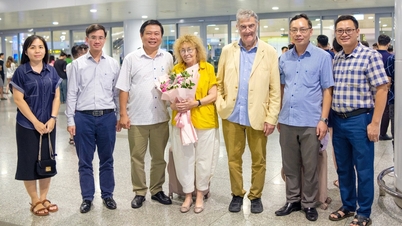





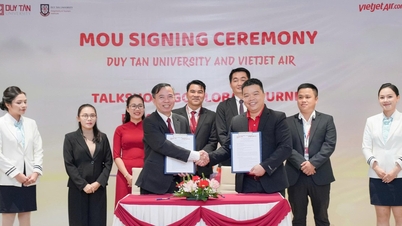
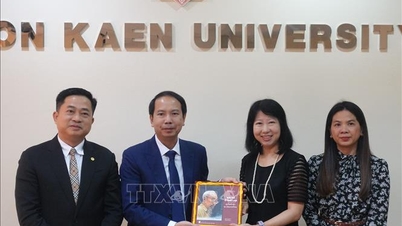
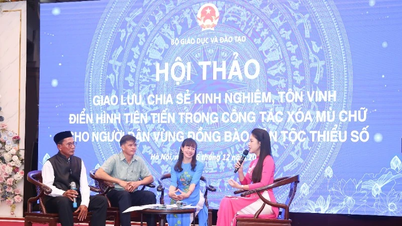



















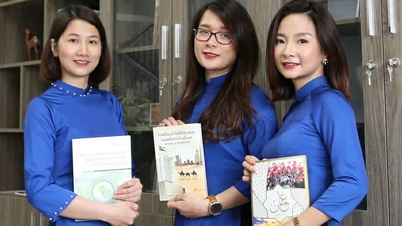
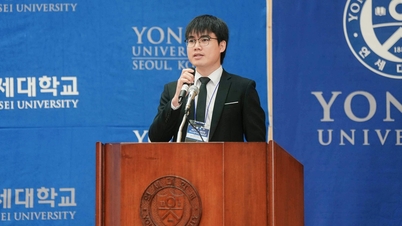









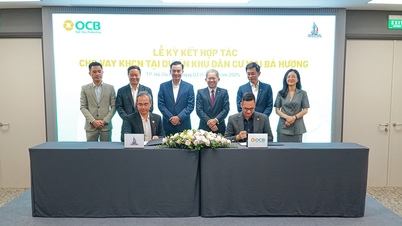
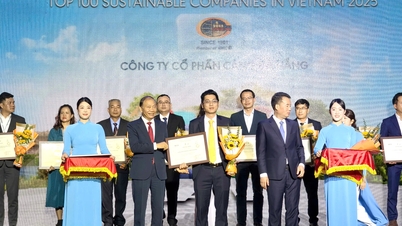

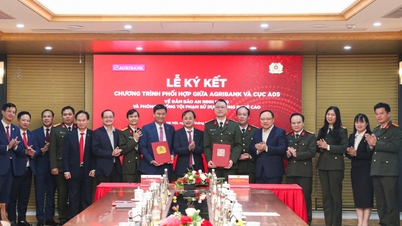

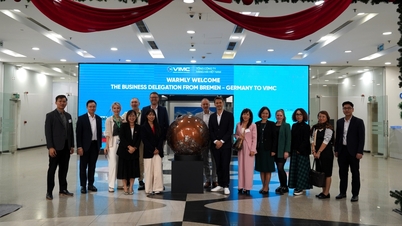






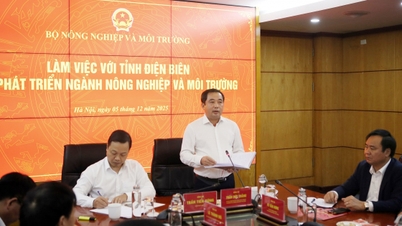












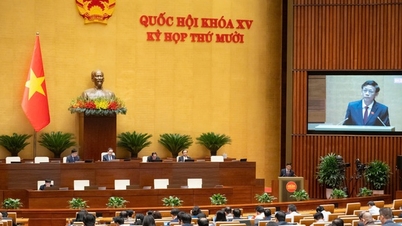









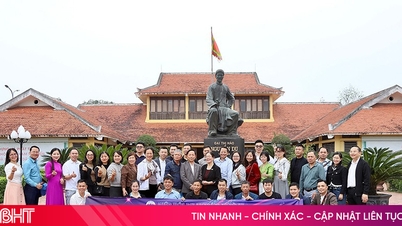



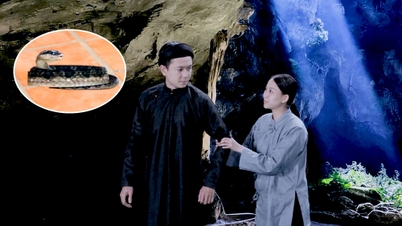


















Comment (0)